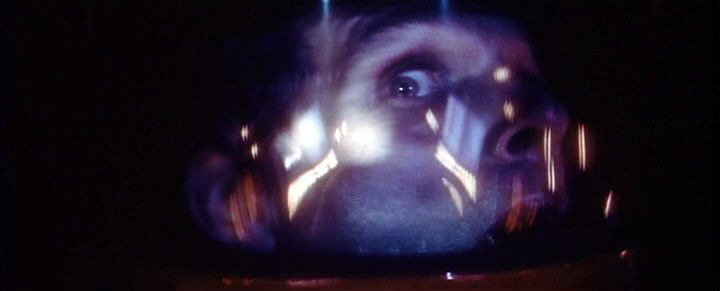A Series of Moments, Frozen in Time
Why is it that I find it so hard to make good videos? Is it because I’m bad at telling stories?
Over the break, I set a task to myself to try to “do” more video. I have for a long time had a decent camera that also shot movies, but I have never found myself able to produce anything that I liked. Why is that, I thought? What is it that I lack, that prevents me from being able to communicate in this medium?
I love taking photographs. I find that goin…




